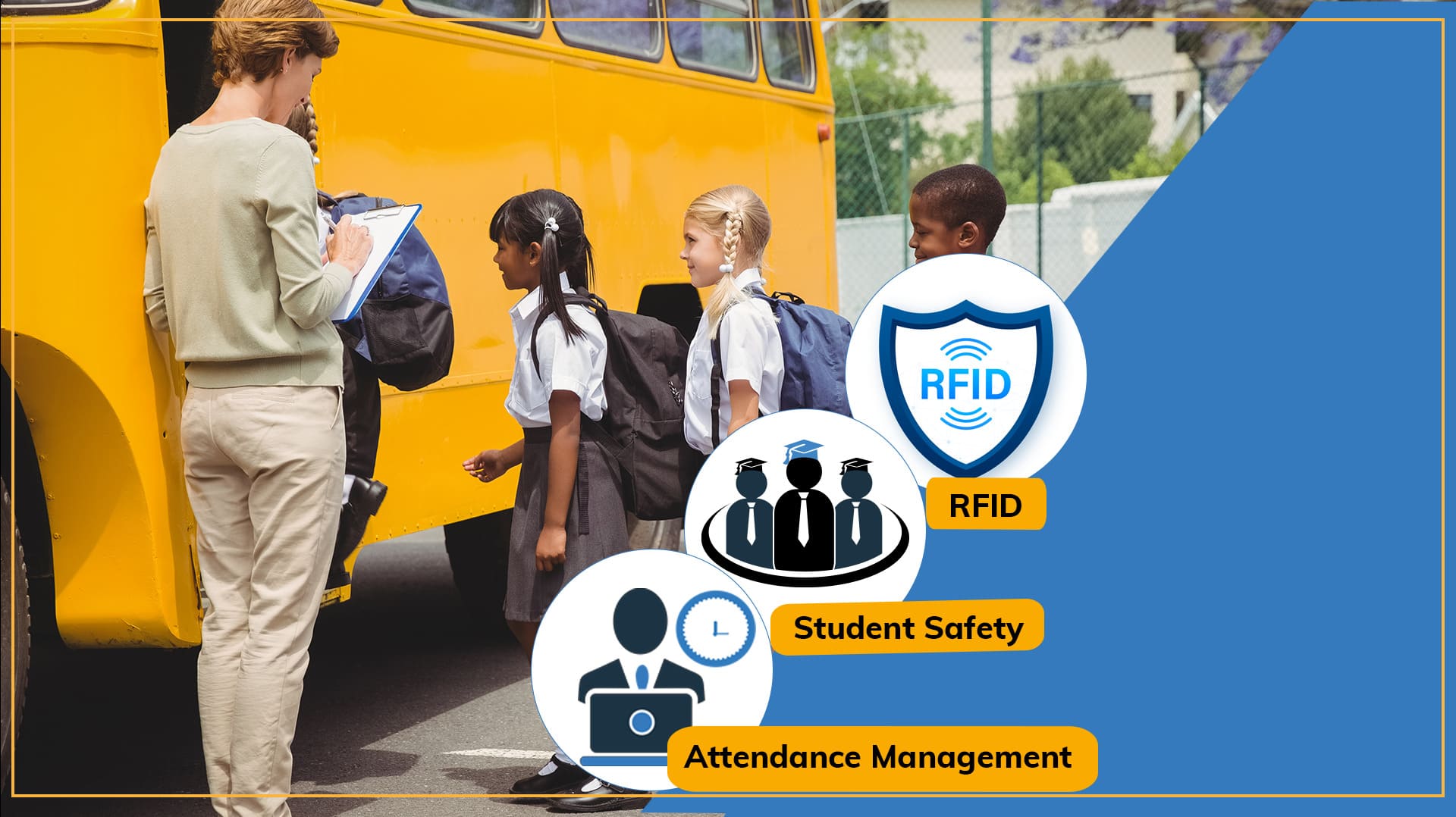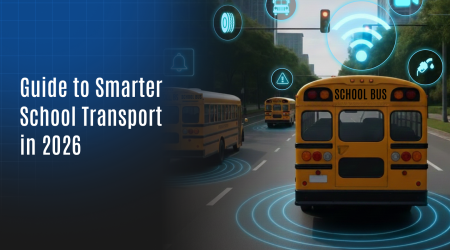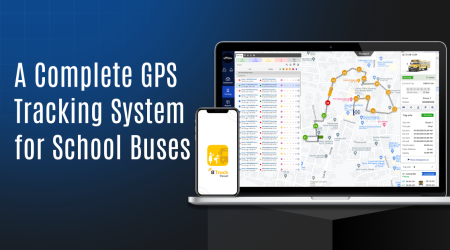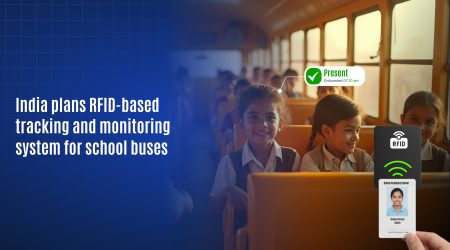RFID Attendance System: Enhancing Student Safety for Smarter School Management

In today’s fast-paced world, ensuring the safety of students is a top priority for schools and parents alike. One of the most effective ways to enhance student safety is through the implementation of RFID attendance management systems. These systems leverage Radio Frequency Identification (RFID) technology to streamline the attendance process, providing real-time data and improving overall security. In this blog, we will explore the various aspects of RFID attendance management, its benefits, implementation strategies, and its impact on student safety, including a focus on school transportation.
Introduction to RFID Attendance Management
RFID attendance management systems have revolutionized the way schools monitor student attendance. By using RFID tags and readers, these systems offer a seamless and efficient way to track students’ presence, ensuring that they are accounted for at all times. Unlike traditional methods, which often involve manual entry and are prone to errors, RFID systems provide accurate and real-time data, enhancing both efficiency and security.
How RFID Technology Works
RFID technology operates through a combination of RFID tags, readers, and a central database. Here’s a breakdown of the process:
- RFID Tags: Each student is issued an RFID tag, which can be embedded in ID cards or wristbands. These tags contain unique identification information.
- RFID Readers: Installed at strategic locations such as school entrances, classrooms, and buses, RFID readers detect the presence of RFID tags within their range.
- Central Database: When an RFID reader detects a tag, it sends the information to a central database. This database records the student’s attendance in real-time.
This automated process eliminates the need for manual attendance taking, reduces administrative workload, and minimizes errors.
Benefits of RFID Attendance Management
Implementing an RFID attendance management system offers numerous benefits:
a. Enhanced Safety and Security
- Real-Time Tracking: Schools can monitor students in real-time, ensuring they are within safe zones.
- Unauthorized Access Prevention: Only authorized individuals with RFID tags can access school premises.
- Emergency Response: In emergencies, schools can quickly identify and locate students, facilitating faster response times.
b. Improved Accuracy
- Error Reduction: Automated attendance eliminates human errors associated with manual entry.
- Reliable Data: Schools can maintain accurate attendance records for compliance and reporting purposes.
c. Operational Efficiency
- Time-Saving: Automated attendance saves time for teachers and administrative staff.
- Streamlined Processes: Simplifies attendance tracking, reporting, and parental notifications.
d. Parental Peace of Mind
- Notifications: Parents receive instant notifications about their child’s attendance and whereabouts.
- Enhanced Communication: Improves communication between schools and parents regarding student safety.
Implementation of RFID Systems in Schools
Implementing RFID attendance management systems requires careful planning and execution. Here are the key steps involved:
a. Assessment and Planning
- Needs Assessment: Identify the specific needs and goals of the school.
- Budget Planning: Allocate budget for RFID tags, readers, software, and installation.
b. System Design
- Tag Selection: Choose the appropriate RFID tags based on durability and functionality.
- Reader Placement: Strategically place RFID readers at key locations for optimal coverage.
- Software Integration: Integrate the RFID system with existing school management software.
c. Installation and Testing
- Hardware Installation: Install RFID readers and ensure they are functioning correctly.
- System Testing: Conduct thorough testing to ensure accuracy and reliability.
d. Training and Rollout
- Staff Training: Train teachers and staff on using the RFID system.
- Pilot Run: Conduct a pilot run to address any issues before full implementation.
Enhancing School Transportation with RFID
School transportation is a critical aspect of student safety. RFID attendance management systems can significantly enhance the security and efficiency of school bus operations.
a. Real-Time Bus Tracking
- Student Entry and Exit: RFID readers installed on school buses record when students board and leave the bus.
- Live Monitoring: Schools and parents can monitor the real-time location of buses and ensure students are on the right bus.
b. Improved Route Management
- Optimized Routes: Data collected from RFID systems can help optimize bus routes for efficiency and safety.
- Timely Alerts: Schools can send alerts to parents if there are delays or route changes.
c. Enhanced Safety Measures
- Accountability: Schools can ensure that only authorized students are on the bus, preventing unauthorized access.
- Emergency Protocols: In case of emergencies, schools can quickly identify which students are on the bus and take appropriate actions.
Case Studies and Real-World Examples
Several schools worldwide have successfully implemented RFID attendance management systems, yielding positive results. Here are a few examples:
a. Green Valley High School
Green Valley High School implemented an RFID system to enhance student safety. The school reported a significant reduction in unauthorized access and improved attendance accuracy. Parents appreciated the real-time notifications about their children’s whereabouts.
b. Springfield Elementary School
Springfield Elementary School introduced RFID tags embedded in student ID cards. The system streamlined attendance tracking and improved overall security. In an emergency evacuation, the school was able to quickly account for all students, demonstrating the system’s effectiveness.
c. Lincoln Middle School
Lincoln Middle School integrated RFID with their school bus system. This allowed for real-time tracking of students’ bus journeys, providing peace of mind for parents and improving operational efficiency for the school.
Challenges and Considerations
While RFID attendance management systems offer numerous benefits, there are also challenges to consider:
a. Privacy Concerns
- Data Security: Ensuring that student data is secure and protected from unauthorized access.
- Privacy Policies: Developing clear policies on data usage and retention.
b. Cost
- Initial Investment: The cost of RFID tags, readers, and software can be significant.
- Maintenance: Ongoing maintenance and updates require budget allocation.
c. Technical Issues
- System Reliability: Ensuring the system functions reliably in various conditions.
- Compatibility: Integrating RFID systems with existing school infrastructure.
Future of RFID in Education
The future of RFID in education looks promising, with potential advancements and wider adoption:
a. Integration with IoT
- Smart Classrooms: Integrating RFID with IoT devices for enhanced learning environments.
- Automated Processes: Using RFID for automated attendance, library management, and more.
b. Advanced Analytics
- Data Insights: Leveraging data analytics to gain insights into student behavior and attendance patterns.
- Predictive Analysis: Predicting attendance trends and identifying at-risk students.
Conclusion
RFID attendance management systems offer a robust solution for enhancing student safety and improving operational efficiency in schools. By providing real-time tracking, reducing errors, and improving communication with parents, these systems ensure a secure and efficient environment for students to learn and grow. As technology advances, the potential for RFID in education will continue to expand, making it a vital tool for schools worldwide.
For schools looking to implement an RFID attendance management system, it’s essential to consider factors such as cost, privacy, and integration with existing infrastructure. By doing so, schools can create a safer, more efficient environment for their students, ensuring peace of mind for both educators and parents.


